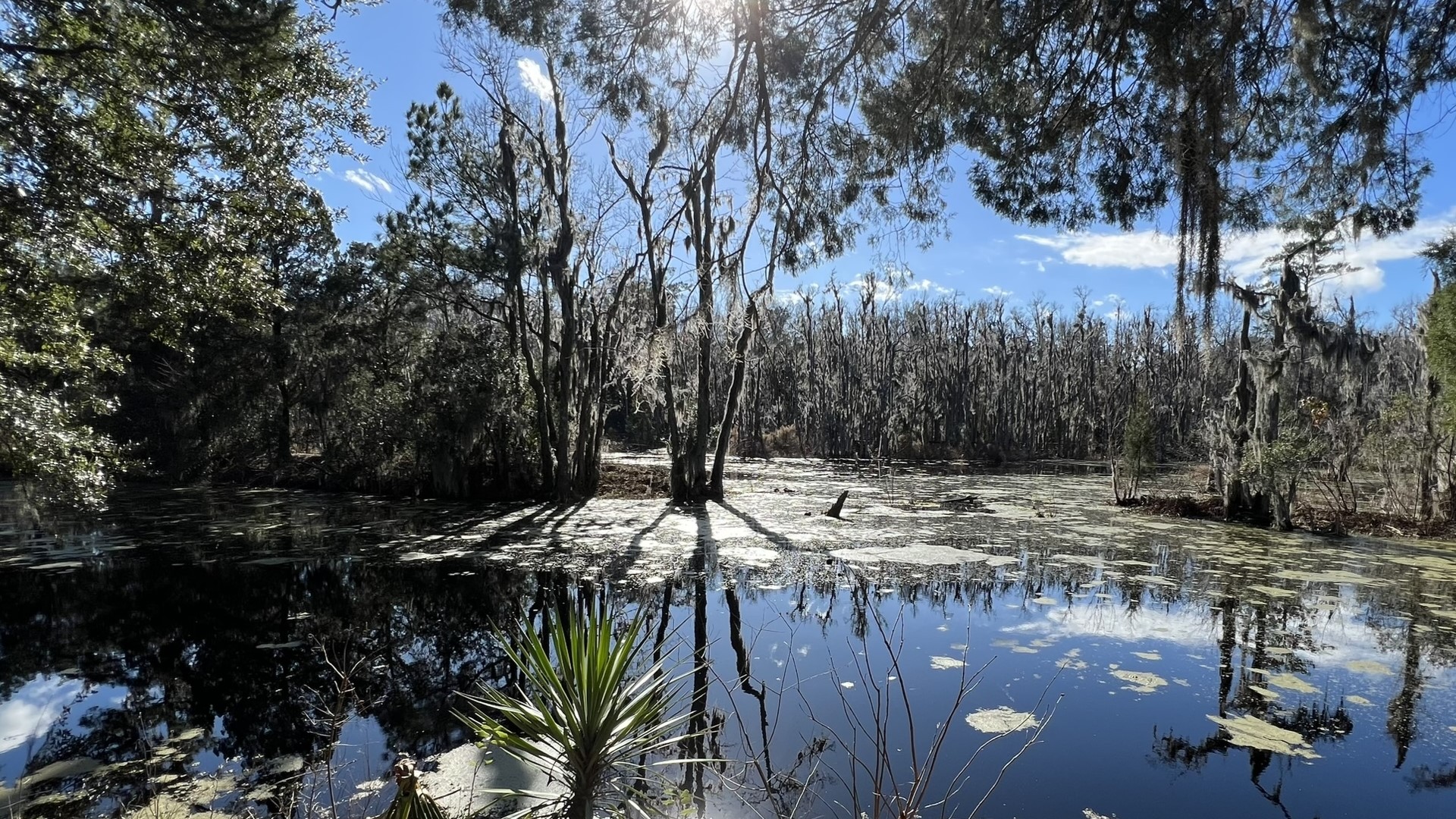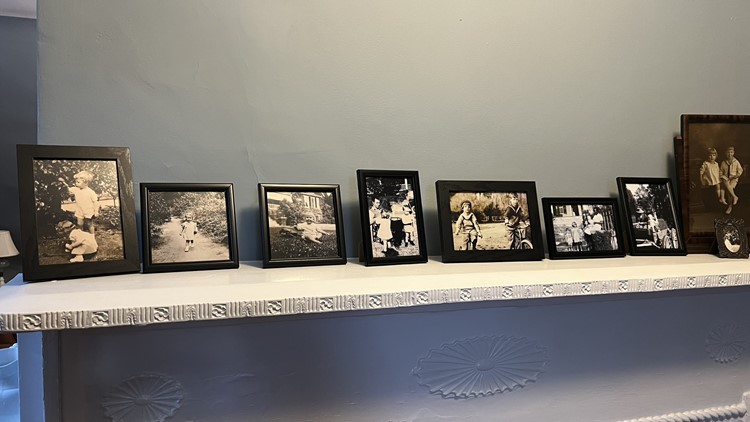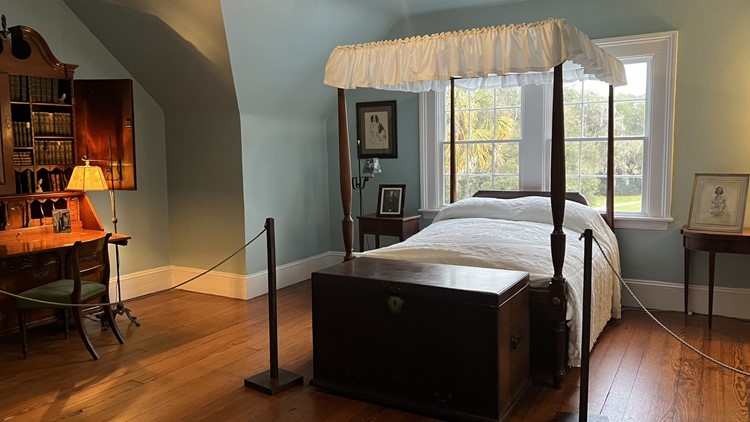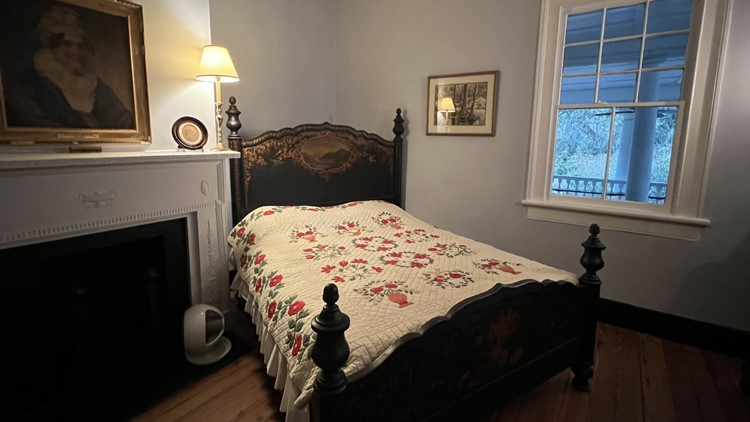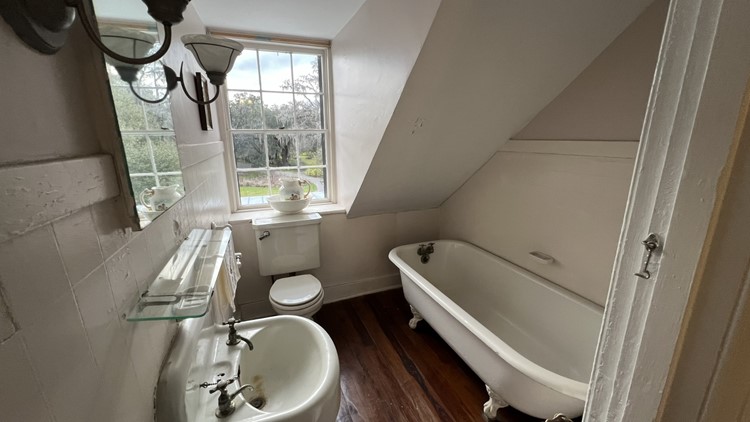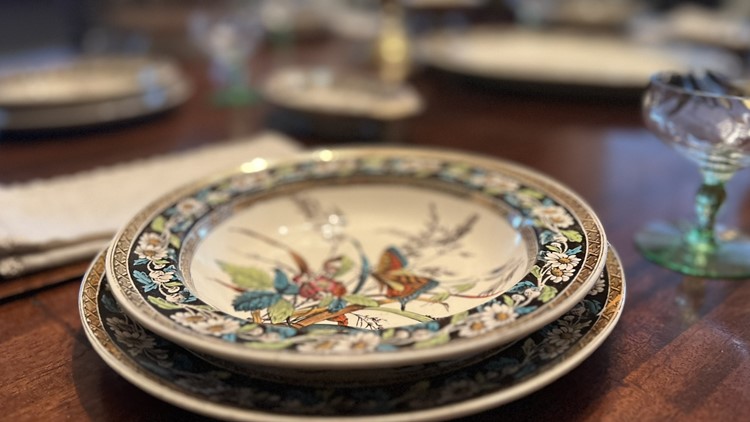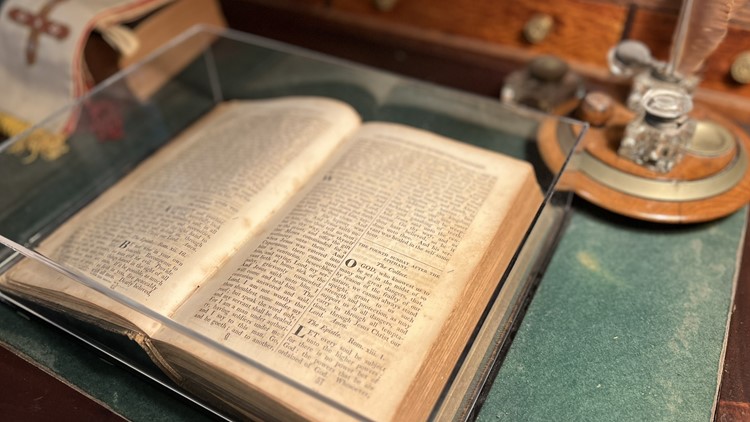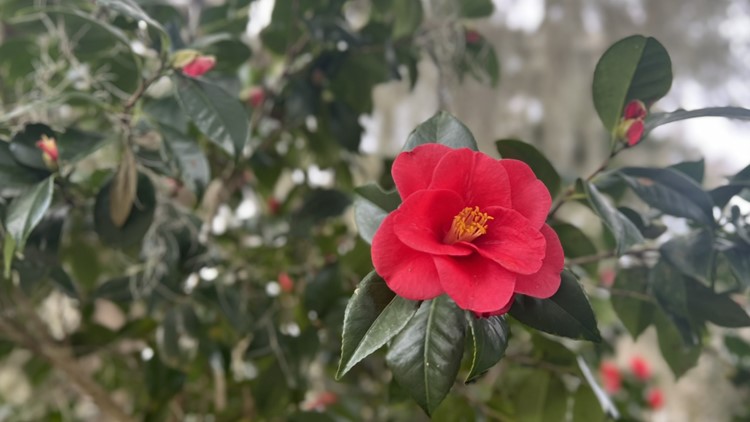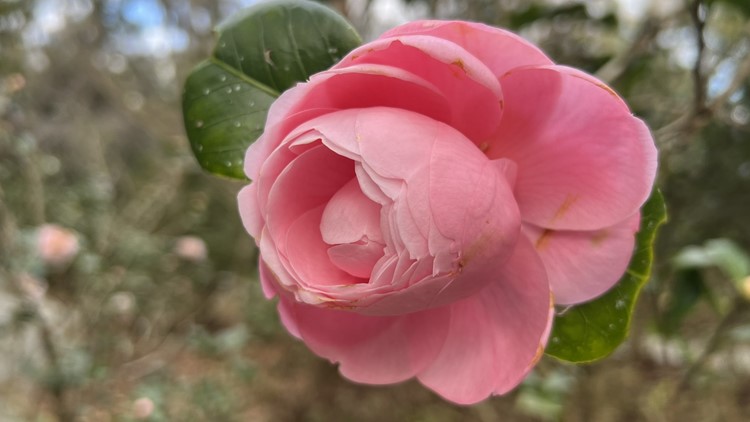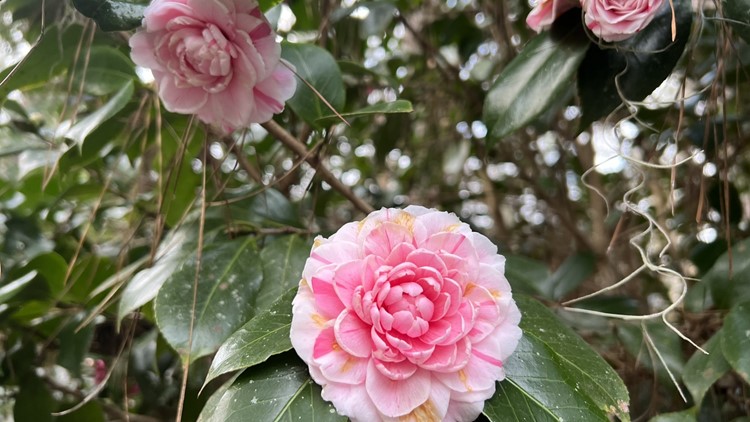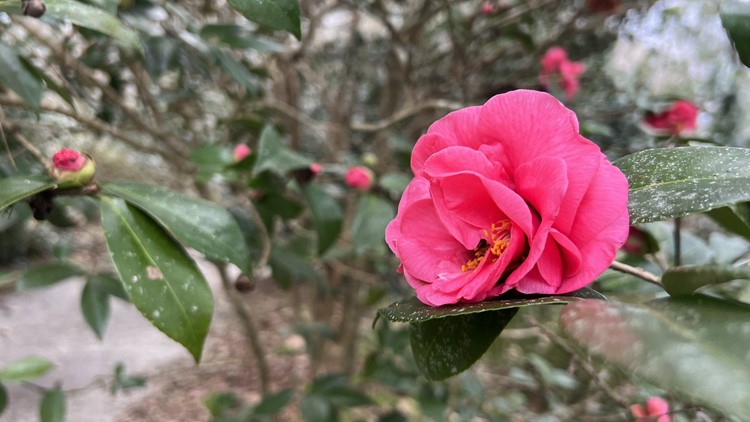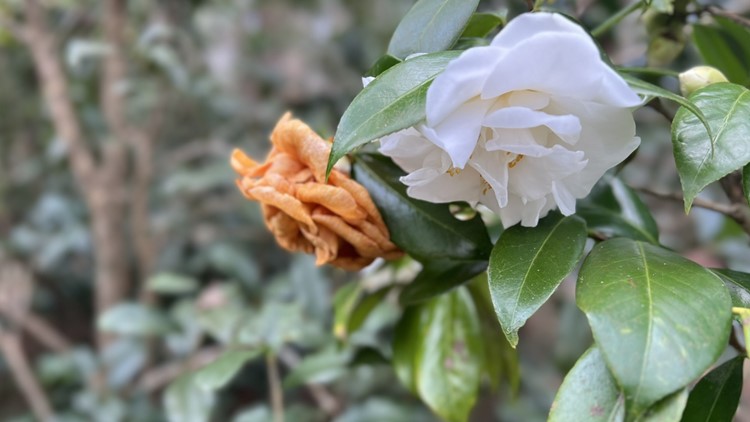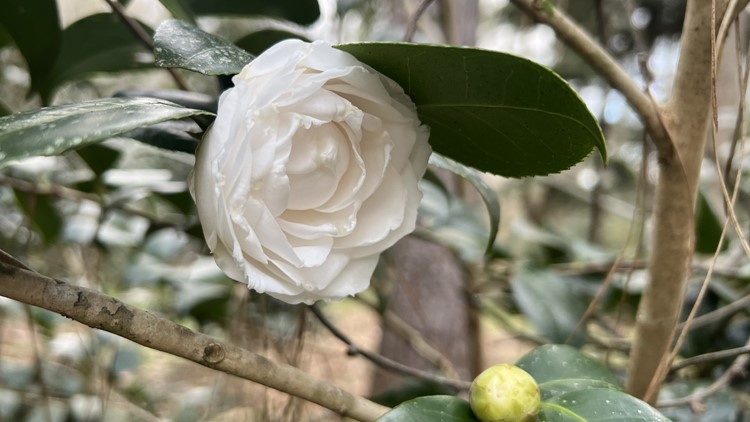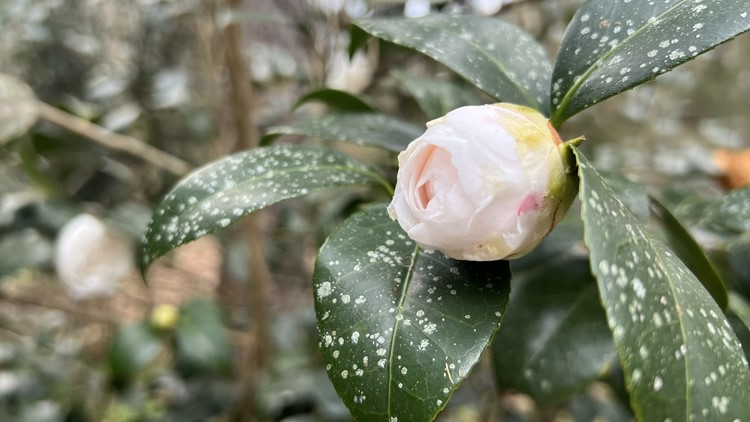CHARLESTON, S.C. — Magnolia Plantation & Gardens has been used for 345 years, and in that time, has seen beauty, robust farming and wealth. It has also seen the transition from the horror of slavery to freedom.
Enter the grounds and you are met with an almost ethereal look at life hundreds of years ago. The huge trees, the Spanish moss, the hundreds of acres of fields and the last of the three houses on this property.
Ivey Gibbs is the property manager and expert on the history of this place.
"The property was purchased in 1679 by Steven Fox, and he purchased just over 400 acres, land that he would leave with his daughter as a dowry," said Ivey Gibbs, property manager and expert on the history of Magnolia Plantation & Gardens. "That started the Drayton family lineage here at Magnolia, and then, they grew the property to 2,000 acres. It's a swampy area, so they had to clear all this land for rice."
INSIDE LOOK: Magnolia Plantation and Gardens
For a time, the laborers who cultivated and harvested that rice crop were enslaved human beings. That plantation shifted to a garden known for camelias and azaleas. Visitors from the south would gather here for an eight-week period to see the amazing collection of flowers on the property. The whole landscape changed for the Drayton family when emancipation was declared for the South at the end of the Civil War.
"There were around 45 (enslaved people) here during emancipation or during the Civil War. At the end of the war, the owner offered the enslaved the ability to stay in the cabins they were living in originally," Gibbs said. "They would go from duplexes to a single-family home, and they could work in the phosphate mines across the street and help tend to the gardens here. Twenty-one took him up on the offer."
Rice was a dangerous crop to grow here. Wild animals, like alligators, and disease made life even more difficult. By the end of the war, the plantation was only producing enough rice to feed the families on the farm, with some going to market.
Fast forward to 1975 as the property became a tourist attraction for thousands of visitors and home to one of the South's most beautiful gardens.
Magnolia Plantation and Gardens
Today, guests can take a tour outlying the journey from slavery to freedom, visit the plantation house and stroll along the meticulously-kept gardens. The walk will take you to a beautiful river view.
"We have 6 miles of walking and biking trails. We have camelias, azaleas, something in bloom 342 days a year for our guests to see," Gibbs said. "The family tomb, the magnolia trees, the live oak trees, and then, we have our wildlife here at Magnolia — not just our migratory birds, but our alligators and turtles. We have something for everybody."
The tour takes an honest, transparent look at the era of slavery at Magnolia Plantation, but it is also a place of extreme beauty, and now, a place where everyone is welcome to enjoy. The best time to come is spring and autumn. It is, of course, beautiful in the summer. It is also Charleston — hot and humid!
More of Chuck's Big Adventure in Charleston:
- Chuck's Big Adventure in Charleston: Old South Carriage Company
- Chuck's Big Adventure in Charleston: The Plantation Singers
- Chuck's Big Adventure in Charleston: Lowcountry Oyster Co. & cooking with Chef Kevin Mitchell
- Chuck's Big Adventure in Charleston: South Carolina Aquarium
- Chuck's Big Adventure in Charleston: Coastal Expeditions
- Chuck's Big Adventure in Charleston: The Gullah Experience
- Chuck's Big Adventure in Charleston: Charleston Tea Garden
- Chuck's Big Adventure in Charleston: Southern fashion

